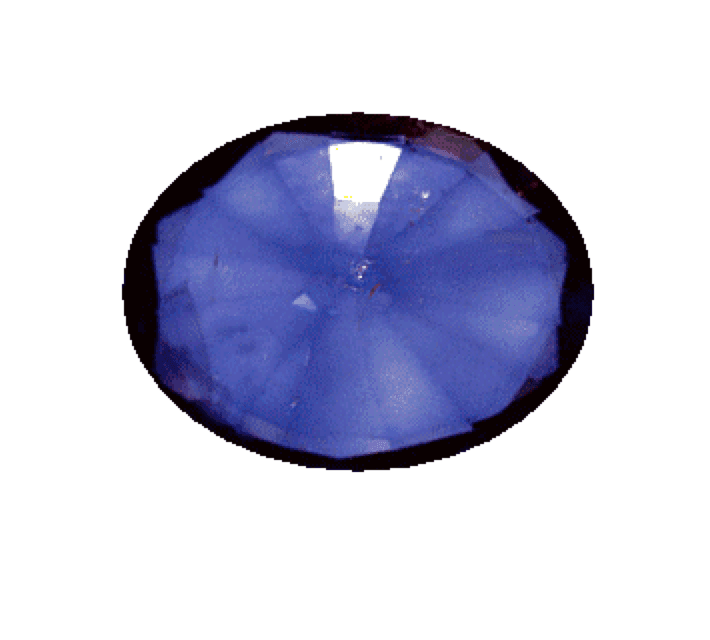
How to Test for Diffusion Treated Gems
Learn how to spot diffusion treated gems with a simple immersion test. This common treatment for sapphire can significantly reduce their value and prevents re-cutting and re-polishing.
2 Minute Read
The Immersion Method
Setting Up
This inspection process is simple. First, you need a substage, diffused light source. A microscope, polariscope, or even a flashlight will do. If you don’t have a frosted glass plate, simply lay a tissue over the light.
Next, place a small glass beaker over the light and fill it partially with an immersion or refraction fluid. Choose a liquid with a refractive index (RI) close to that of the test stone. For example, methylene iodide has an RI of 1.74, ideal for corundum stones like ruby and sapphire.
Keep in mind that many immersion fluids can be harmful. Although safer alternatives may be available, always exercise caution.
Immersion Fluids
Use the following chart to find a good immersion liquid for your gem.
| Immersion Fluids | RI |
| Water | 1.33 |
| Alcohol | 1.36 |
| Corn oil | 1.47-1.48 |
| Olive oil | 1.44-1.47 |
| Glycerin oil (glycerol) | 1.47 |
| Almond oil | 1.45-1.47 |
| Clove oil | 1.53-1.54 |
| Wintergreen oil | 1.54 |
| Anise oil | 1.54-1.56 |
| Cinnamon oil | 1.59-1.62 |
Examine Your Gem
Once you’ve set up your equipment, immerse the gem in the fluid and examine it.
When you put a stone in a liquid with the same RI, it virtually disappears. Light passes through the…
Related Articles
Quartz Color Treatments
Disclosing Enhancements: A Gemologist’s Guide
Corundum Treatments
Common Gemstone Treatments Cheat Sheet
Latest Articles
Milarite Value, Price, and Jewelry Information
Appraising Pearls: How to Grade Pearls
Agate Buying Guide
Carving Techniques for Handling Inclusions in Transparent Gems
Never Stop Learning
When you join the IGS community, you get trusted diamond & gemstone information when you need it.